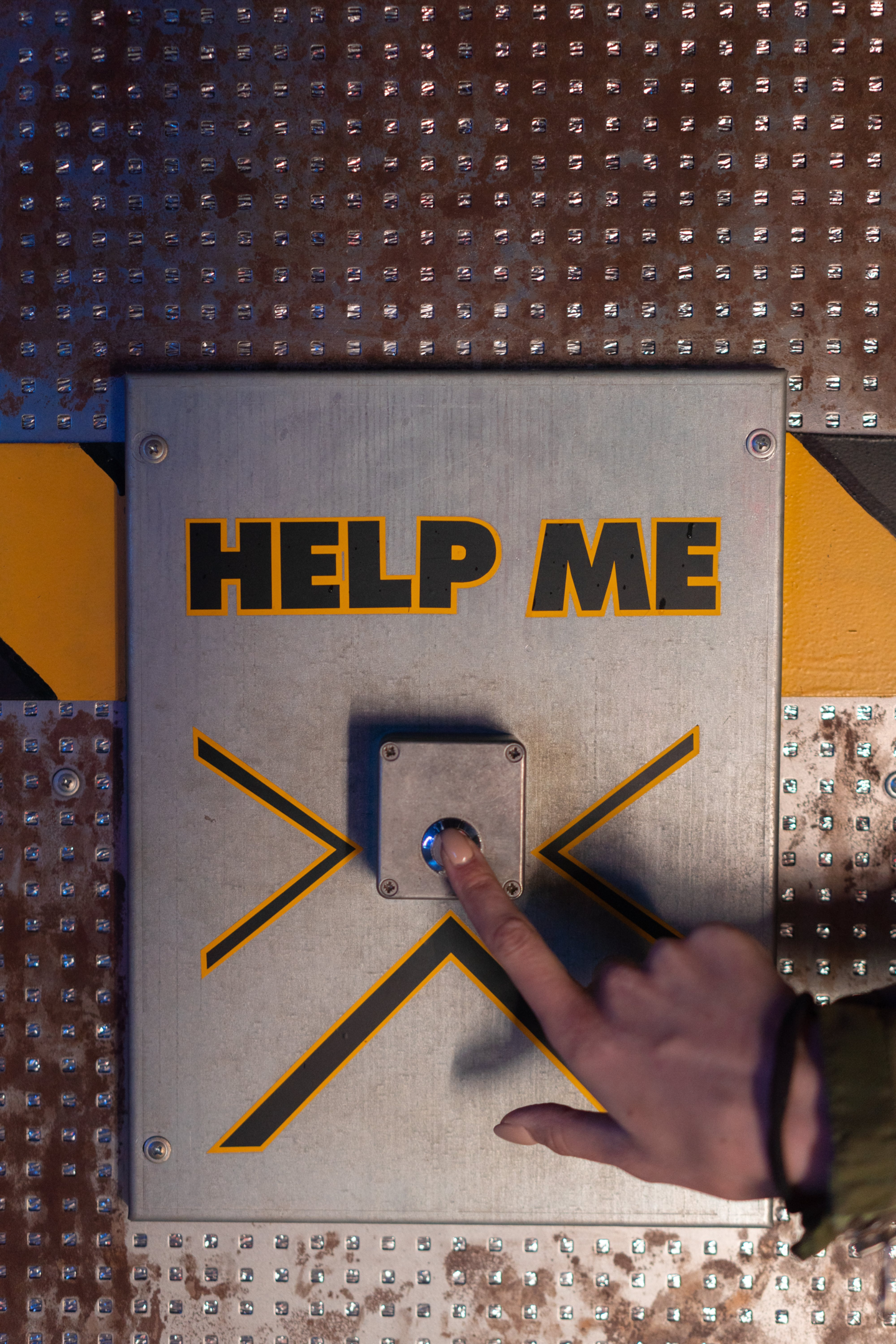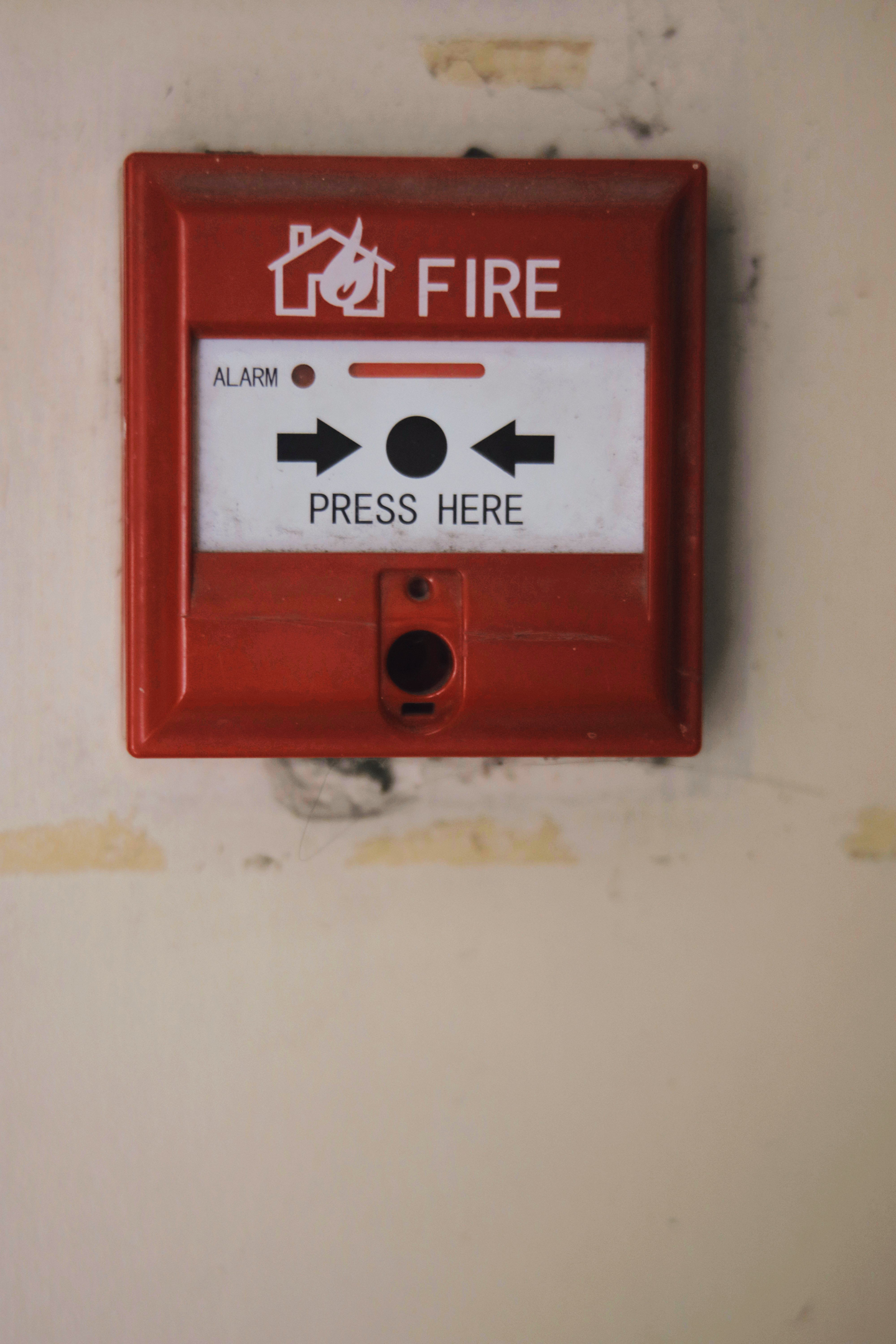The Importance of Having an Emergency Fund
An emergency fund is a cornerstone of financial security, designed to protect you from life’s unpredictable challenges. Whether it’s unexpected medical bills, urgent car repairs, or a sudden job loss, having a dedicated reserve of funds ensures you can manage these expenses without relying on high-interest debt.
Beyond covering immediate needs, this fund provides peace of mind and financial stability, allowing you to stay focused on your long-term goals. It’s not just a safety net—it’s a critical component of financial independence.
Discover how an emergency fund integrates with your Wealth Maximization Account and supports the principles of The Perpetual Wealth Strategy™, helping you achieve lasting financial success.

Understanding Emergency Funds
What Is an Emergency Fund?
An emergency fund is a reserved pool of money specifically set aside to cover unexpected financial exigencies. This fund is designed to help individuals manage sudden, unforeseen costs without resorting to debt or compromising their long-term savings. The concept revolves around savings goal of creating a financial cushion that can absorb the impact of life’s unpredictabilities, such as medical emergencies, urgent home repairs, or job loss, ensuring that these disruptions don’t derail one’s financial stability.
Reasons to Have an Emergency Fund
Having this fund is vital for several reasons. Firstly, it equips you to handle unexpected expenses, reducing the stress associated with financial emergencies. Secondly, it enhances your financial security by providing a buffer that allows you to navigate through tough times without needing to liquidate investments or accrue high-interest debt. Additionally, an fund dedicated to emergencies contributes to financial independence, empowering you to make choices without financial constraints dictating your decisions during crises.
How Emergency Funds Differ from Other Savings
The primary difference between emergency funds and other savings is their intended use and accessibility. While other savings accounts might be earmarked for long-term goals, such as retirement, education, or purchasing a home, an emergency fund is readily accessible and solely devoted to covering immediate, unforeseen expenses. This distinction ensures that you don’t compromise your long-term financial goals when an emergency arises, maintaining both your short-term needs and long-term aspirations without conflict.

How Much Should Be in Your Emergency Fund?
Rule of Thumb for Emergency Fund Size
The general rule of thumb for the size of an emergency fund is to save between three- months worth of expenses to six months’ worth of living expenses. This guideline provides a safety net substantial enough to cover most unforeseen financial emergencies, such as healthcare costs, urgent home repairs, or the need for sustenance during periods of unemployment. By aligning your savings with this range, you ensure that you have a sufficient buffer to maintain your standard of living without immediate income, giving you peace of mind and financial security in times of uncertainty.
Determining the Right Size for Your Emergency Savings
Several factors can influence the ideal size of your fund, making it crucial to tailor it to your specific circumstances. Employment stability plays a significant role; those with irregular income or in volatile industries may need a larger safety net. The number of income earners in a household also affects fund size; single-income households might opt for a larger fund due to the higher risk of financial instability. Personal risk factors, including health issues or property ownership, can further necessitate adjustments to your emergency fund, ensuring it adequately covers potential emergencies specific to your situation.
How to Calculate Your Fund Size
Calculating your emergency fund size involves assessing your monthly living expenses and multiplying that by the number of months you aim to cover. For instance, if your monthly expenses total $3,000, aiming for a three-month fund would require saving $9,000. This calculation should include rent or mortgage, food, utilities, insurance, and any other regular expenses. Adjusting this total based on your personal risk assessment and financial obligations—such as higher medical costs or additional dependents—ensures your emergency fund accurately reflects your needs, providing a tailored financial safety net.

Setting Up Your Emergency Fund
Selecting an Account for Your Emergency Savings
Choosing the right type of account for your emergency fund is crucial for maximizing its value while ensuring accessibility. High-yield savings accounts are often recommended due to their higher interest rates compared to standard savings accounts, allowing your fund to grow over time. Money market accounts are another option, offering competitive interest rates and, in some cases, check-writing privileges and debit card access. It’s important to compare account features, such as interest rates, minimum balance requirements, and ease of withdrawal, to select an option that best suits your fund needs.
How to Start Your Emergency Fund Account
The initial steps to open an account for your emergency fund typically involve researching potential banks or credit unions, considering factors like interest rates, fees, and access to funds. Once you’ve chosen a top bank or financial institution, you can usually start the account opening process online, over the phone, or in person. Be prepared to provide personal information, such as your Social Security number, and identification documents. Starting with an initial deposit, even if it’s small, can set the foundation for your fund, with the opportunity to grow it over time.
Automating Your Emergency Fund Savings
Setting up automatic transfers between bank accounts is a strategic move to consistently grow your emergency fund without having to think about it regularly. By arranging for a fixed amount of money to be transferred from your checking account to your emergency savings account at regular intervals, you ensure steady fund growth. This can often be done through your bank’s online banking platform, allowing you to set the frequency and amount of transfers according to your budget. Automating savings helps in building your fund gradually and ensures that saving for emergencies becomes an integral part of your financial routine.

Strategies for Growing Your Emergency Fund
Optimizing Your Budget to Boost Emergency Savings
Making budget adjustments is key to finding extra money to save towards your emergency reserves. Start by reviewing your spending habits and identifying areas where you can reduce expenses. This may involve reallocating funds from discretionary spending categories, such as dining out or entertainment, to your savings. Prioritizing your fund for emergencies in your financial strategy not only accelerates its growth but also reinforces the importance of financial security, encouraging a savings-first mindset that can benefit all areas of your financial life.
Leveraging Windfalls for Emergency Fund Growth
Utilizing incremental saving strategies involves setting aside unexpected or extra income directly into your fund. This can include windfalls like tax refunds, bonuses, or monetary gifts. By dedicating these unexpected funds to your emergency savings fund, you can significantly boost your fund’s balance without impacting your regular budget. This approach takes advantage of financial gains that aren’t accounted for in your monthly budget, speeding up the process of building a robust emergency fund.
Reducing Non-Essential Spending to Enhance Savings
Cutting unnecessary expenses is a practical approach to free up more money for your emergency fund. Evaluate your monthly expenditures to identify areas where you can cut back, such as subscription services you rarely use, premium cable packages, or habitual luxury purchases. Redirecting the money saved from these cuts to your fund not only bolsters your savings but also cultivates a more mindful and intentional approach to spending, emphasizing the value of financial preparedness and resilience.
Boosting Your Emergency Fund with Additional Earnings
Earning extra income through side gigs, freelance work, or part-time jobs presents an effective way to increase your fund. Exploring opportunities that match your skills and interests can lead to additional income streams that, when directed towards your emergency savings, can significantly accelerate its growth. This proactive approach not only enhances your ability to always save money but also diversifies your income sources, providing further financial security and flexibility in managing unexpected expenses.

When to Use Your Emergency Fund
Identifying Situations That Warrant Using Your Fund
A true emergency constitutes a situation that poses an immediate threat to your health, safety, or financial security, necessitating urgent action and often unexpected expenses. Medical emergencies, job loss, and urgent home repairs are prime examples of circumstances that justify dipping into your fund. These scenarios require swift financial responses to prevent further harm or instability, underlining the importance of having a well-funded safety net ready for such unpredictable events.
Distinguishing Between Emergencies and Non-Emergencies
Not all unexpected or unplanned expenses qualify as emergencies worthy of tapping into your fund. Routine expenses, such as regular car maintenance or predictable home upkeep, should be planned for within your regular budget. Similarly, discretionary purchases, like upgrading to the latest smartphone or taking a vacation, do not constitute emergencies. Understanding the distinction helps preserve your emergency fund for true crises, ensuring that it remains intact and available when you most need it.
Strategies for Rebuilding Your Emergency Fund
Replenishing your emergency fund after a withdrawal is crucial to restoring your financial buffer. Start by reassessing your budget to identify areas where you can temporarily reduce spending to redirect more funds into your emergency account. Consider ramping up your income through overtime, side gigs, or selling unused items. Setting a specific timeline for replenishment can also motivate you to prioritize restoring your fund, ensuring that you’re prepared for future emergencies. This disciplined approach to recovery helps maintain your fund as a cornerstone of your financial security plan.
Learn more about how an emergency fund helps your Wealth Maximization Account and contributes to the Perpetual Wealth Strategy.
FAQs About Emergency Funds
Q: Can only people with high incomes afford to save for an emergency fund?
A: No, this is a common misconception. Everyone, regardless of their income level, can build an emergency fund. The key is to start small and gradually increase your savings over time. Even small contributions can grow into a substantial fund with consistent effort.
Q: If I have a credit card or access to loans, do I still need an emergency fund?
A: Yes, absolutely. While credit cards and loans can provide temporary financial relief in emergencies, relying on them can lead to debt accumulation and additional financial stress. An emergency fund offers a debt-free option for managing unexpected expenses, ensuring financial stability.
Q: How should I treat contributions to my emergency fund?
A: Contributions to your fund should be considered a non-negotiable part of your monthly budget, similar to any other essential expense. Prioritizing your emergency fund as a fixed budget item ensures consistent growth and reinforces its importance in your financial plan.
Q: Where should I keep my emergency fund?
A: Your emergency fund should be kept in a separate, easily accessible account, such as a high-yield savings account or a money market account. This helps avoid the temptation to spend the money on non-emergency needs and ensures that the fund maintains its value over time.
Secure Your Future with an Emergency Fund
An emergency fund isn’t just a financial safety net—it’s a powerful tool for maintaining stability and peace of mind when life throws the unexpected your way. By ensuring you have funds set aside for unforeseen expenses, you can avoid unnecessary debt and stay on track with your long-term financial goals.
At Paradigm Life we can customize a policy to fit your financial situation. Our expert Wealth Strategists are available to answer your questions and show you customized illustrations, outlining an individual plan of action to help you achieve your goals. , no strings attached.
Take control of your financial future today. Schedule a free consultation with a Wealth Strategist to explore how an emergency fund can complement your Wealth Maximization Account and set you on the path to financial independence







